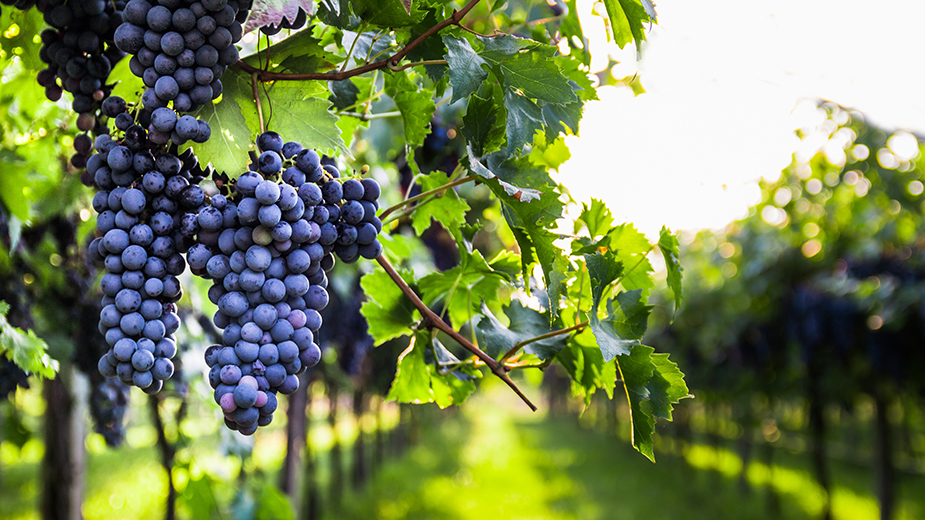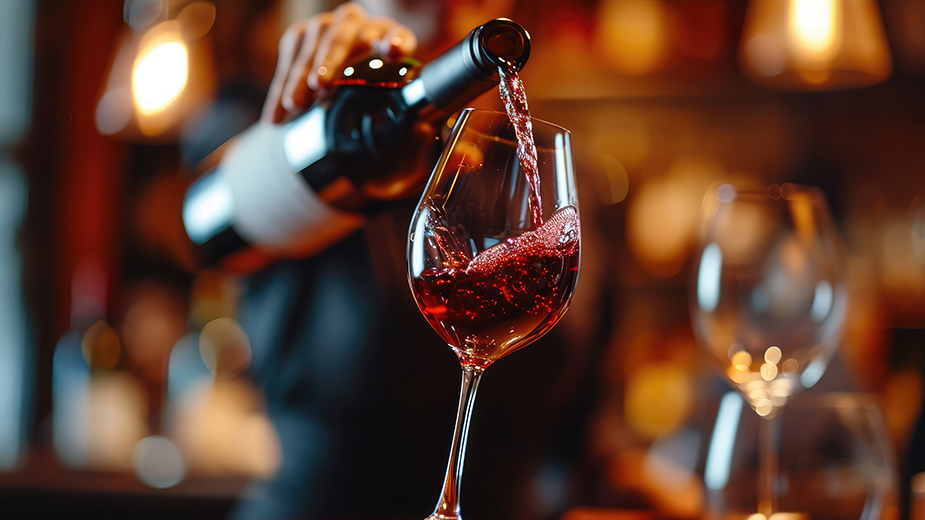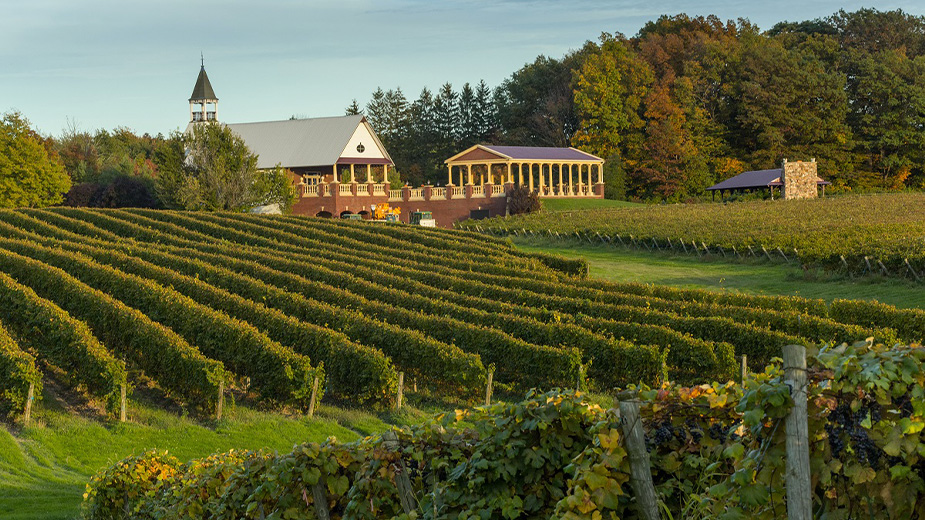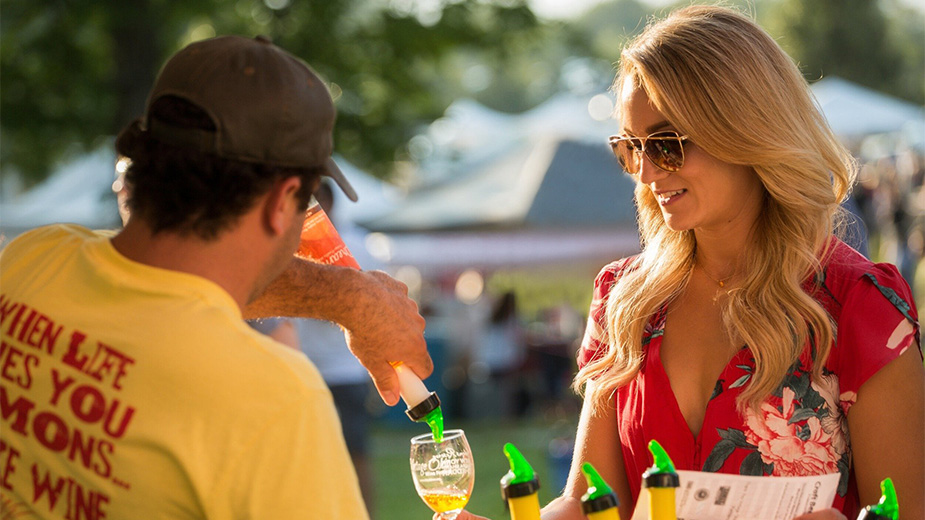More Clones In Our Future?
By Donniella Winchell
Executive Director, Ohio Wine Producers Association
As our region’s growers become ever more able to match soils, climate and a myriad of other factors that go into the rather nebulous concept called “terroir,” selecting an appropriate grape variety first, then the best clone of that variety to match those circumstances will become ever more important. The finest wines in the world are regarded as such because over many, many years, vintners have always known that while the best wine is born in the vineyard, the best ones also match conditions provided by Mother Nature. As our winemakers continue their journey to making world-class cool climate wines, selecting appropriate clones will become more and more important.
First, a definition: A clone is a genetic variation from the mother grape plant.
The process of taking this plant’s genetic variation from accident on a vine to commercial success is a very long one.
In the vineyard, researchers carefully watch for mutations on individual plants among the thousands of vines in their research plots. They then clip the piece of wood (vine) on which the mutation occurred. The wood is put through an identity process and is checked for any aberrant viruses. This assures that scientists have isolated very specific characteristics that they can replicate, and that it is “clean” – especially if it is a cutting imported from another country.
From cuttings, they grow hundreds of exact duplications of the original mutant. When it appears that the replications are successful, the new clone is then given a name or number (e.g., Chardonnay, Dijon, # 1 or 6 or 18 or 181). After a year or two, young vines are planted in a research vineyard. Several years later, a crop is harvested. Then, cooperating enologists (winemakers) make wine from the grapes. When it is finally finished and in a bottle, the wine is evaluated by a series of tasting panels. Only a few make it to commercial production. Along the way, the vast majority of the clones are discarded.
The unique clones that had grown best in the vineyard and produced the most desirable wines are selected, and find their way into commercial vineyards. Three or four years later, finished wines are released. Then they go into distribution and the consumer ultimately identifies which wines will claim their dollars. The whole process often takes a decade or two.
Eventually, the best of the best win high ratings in magazines and the most avid consumers begin asking for “Chardonnay, Dijon Clone # XXX” in tasting rooms across the country – and hopefully here in northeastern Ohio.
Beyond an excuse for the “snobs” to try and outdo each other, why are clones even important?
In the vineyard, certain clonal selections are less susceptible to rot and disease, others throw more foilage, and some deal better with heat stress or excess water. In our climate, some clones are more winter hardy, others have fewer (or more) clusters per vine, some ripen earlier, still others need an extended season. In the vineyard, those variations often mean the difference between success and failure, especially in our cool climate when it comes to disease and winter hardiness.
In the finished wines, there are variations in the levels of tannin, of color intensity, in length of “finish” in the glass, and in “mouthfeel” and “richness.” And while the nuances between clones of chardonnay might be beyond a newby’s palate, as a person enjoys more and more styles of wine, they do become discernable.
And even if you never notice the variations, talking about clones with a bunch of snobs may at least allow you to pretend you are a connoisseur too.
Copyright 2024 The Business Journal, Youngstown, Ohio.



